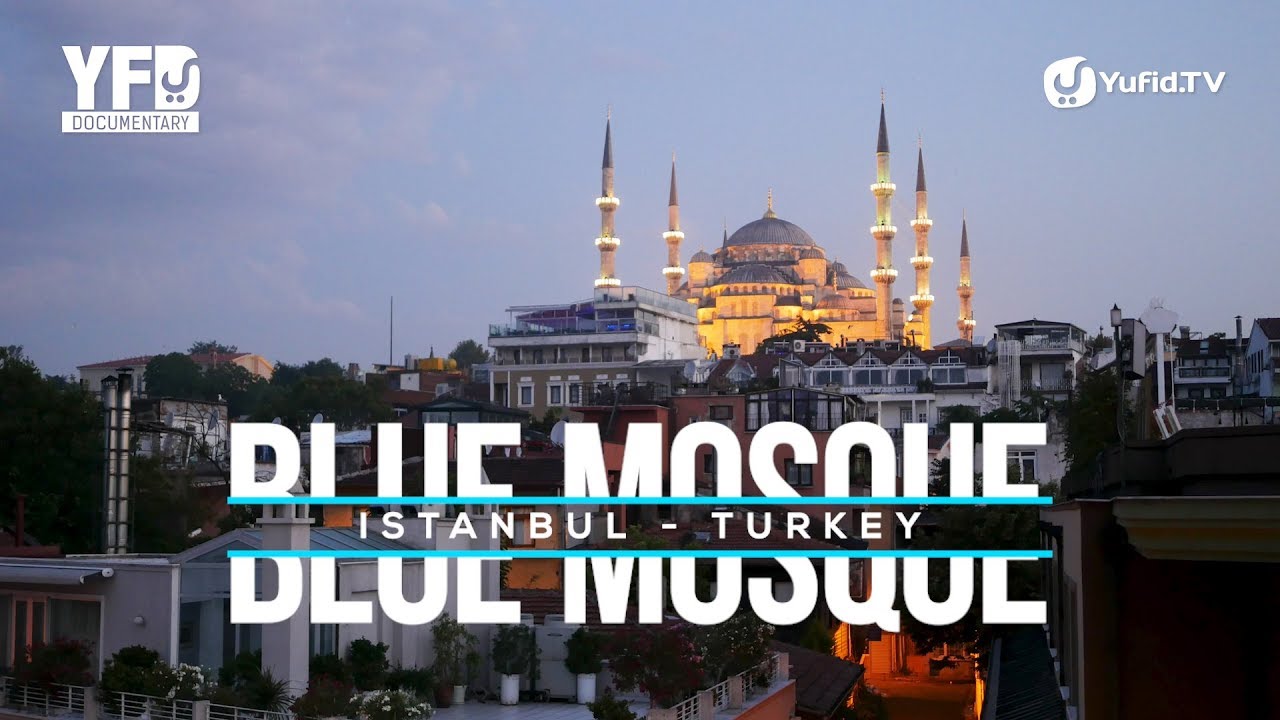Blue Mosque or Sultanahmet Mosque is one of the most famous and popular mosques in Istanbul, Turkey. It is one of the most visited places in Istanbul and is a popular tourist attraction. The mosque was built by the Ottoman Sultan Ahmed I in 1609-1616 and is a beautiful example of Islamic architecture. The mosque is renowned for its magnificent blue-tiled interior walls, which are decorated with thousands of blue tiles.
History of Blue Mosque
The mosque was built between 1609 and 1616 during the reign of Sultan Ahmed I, who wanted to construct a grand mosque that could rival the nearby Hagia Sophia. He chose the site of the former palace of the Byzantine emperors and used the best architects and craftsmen of the time to create a beautiful mosque that would stand out from the other Ottoman mosques. The mosque was built with a mix of Byzantine, Persian and Ottoman elements and was the first mosque in Istanbul to feature six minarets.
The mosque was originally known as the Sultanahmet Mosque but later became known as the Blue Mosque due to the thousands of blue tiles that adorn its interior walls. The tiles were made in Iznik, an important centre of tile production during the Ottoman period. The tiles were made from cobalt blue, turquoise and white, and were arranged in intricate patterns. The tiles were made by a special technique that was developed in Iznik and is still used today.
Architecture of Blue Mosque
The Blue Mosque is a large and impressive building, featuring six minarets and a central dome. The mosque has a total of nine domes, four of which are located on the sides of the main dome and are supported by four large pillars. The interior of the mosque is decorated with thousands of blue tiles, as well as marble, mosaics, and calligraphy. The walls are also decorated with verses from the Qur’an, written in Ottoman Turkish.
Features of Blue Mosque
The Blue Mosque is a popular tourist attraction and is a popular destination for both Muslims and non-Muslims alike. The mosque is open to the public for prayer and visitors can take part in the traditional Islamic ritual of washing before entering the mosque. The mosque also features a museum, which displays some of the finest examples of Ottoman art and architecture.
Prayer Hall
The prayer hall of the Blue Mosque is a large and impressive space. It is decorated with thousands of blue tiles, as well as marble, mosaics, and calligraphy. The hall is supported by four large pillars, which are decorated with intricate patterns and verses from the Qur’an. The walls are also decorated with verses from the Qur’an, written in Ottoman Turkish.
Garden
The Blue Mosque also features a large garden, which is surrounded by walls and features a number of trees and shrubs. The garden is a popular spot for visitors to relax and take in the beauty of the mosque. There is also a fountain in the garden, which is a popular spot for visitors to drink from.
Conclusion
The Blue Mosque is one of the most iconic and beautiful mosques in Istanbul, Turkey. It was built in 1609-1616 and is a stunning example of Islamic architecture. The mosque is renowned for its beautiful blue-tiled interior walls, which are decorated with thousands of blue tiles. The mosque also features a large garden and a museum, which display some of the finest examples of Ottoman art and architecture.
The Blue Mosque is a popular tourist attraction and is a popular destination for both Muslims and non-Muslims alike. The mosque is open to the public for prayer and visitors can take part in the traditional Islamic ritual of washing before entering the mosque. The mosque is a must-visit for anyone visiting Istanbul and is a stunning example of Islamic architecture.

